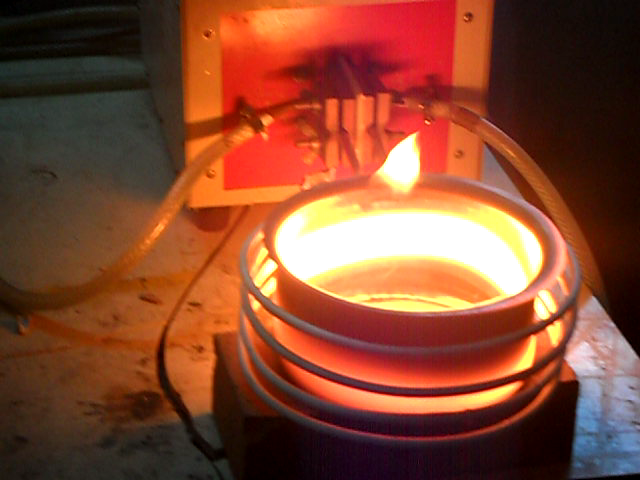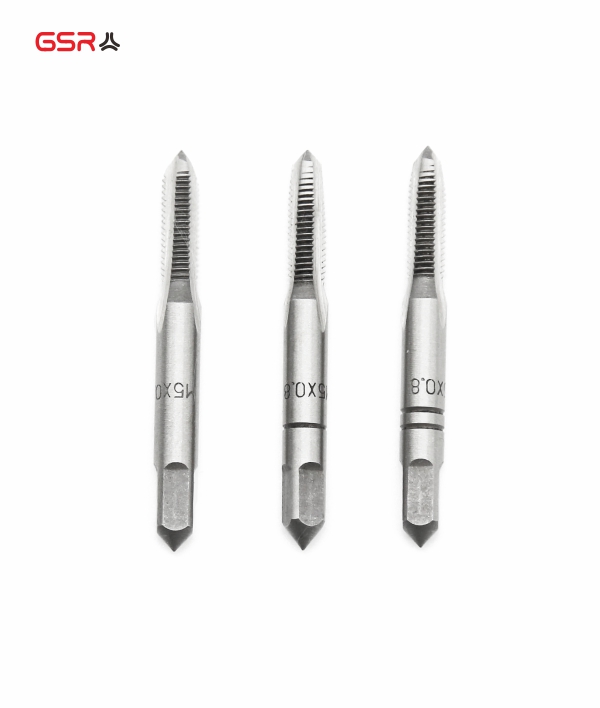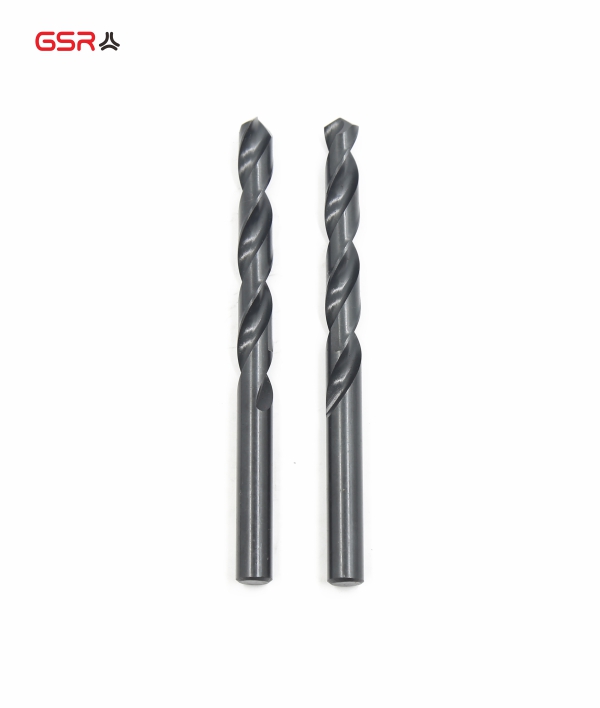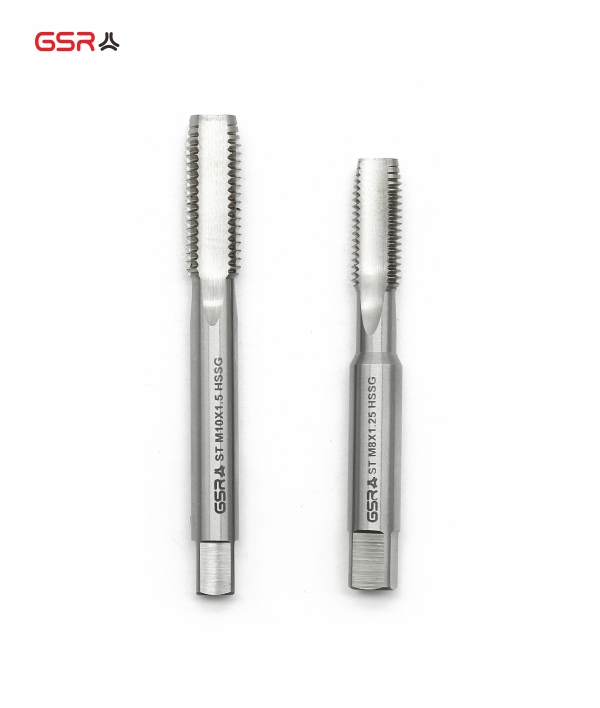What you need to know about heat treatment
Are you familiar with annealing, normalizing, quenching, and tempering? The purpose of heat treatment is to improve the mechanical
properties of materials, eliminate residual stresses, and enhance the machinability of metals. According to the different objectives of
heat treatment, it can be divided into two main categories: preparatory heat treatment and final heat treatment.

Preparatory Heat Treatment:
The purpose of preparatory heat treatment is to improve machinability, eliminate internal stresses, and prepare a favorable
microstructure for the final heat treatment. The heat treatment processes involved include annealing, normalizing, aging, and tempering.
Annealing and Normalizing:
Annealing and normalizing are used for hot-worked billets. Carbon steels and alloy steels with a carbon content greater than 0.5% are
annealed to reduce hardness and improve machinability. Carbon steels and alloy steels with a carbon content less than 0.5% are normalized
to avoid excessive softness during cutting. Annealing and normalizing also refine grain size and promote uniform microstructure, which prepares
the material for subsequent heat treatments. Annealing and normalizing are typically performed after billet manufacturing and before rough machining.
Aging:
Aging treatment is primarily used to eliminate internal stresses generated during billet manufacturing and mechanical processing.
For parts with general accuracy requirements, a single aging treatment before precision machining is usually sufficient. However, for parts with
higher accuracy requirements (such as the bed of a coordinate boring machine), multiple aging processes may be necessary. Simple parts may not
require aging treatment. Besides, for precision parts with poor rigidity (such as precision lead screws), multiple aging treatments are often scheduled
between rough and semi-finishing processes to eliminate internal stresses and stabilize the part's machining accuracy. In some cases, aging treatment
is also performed after straightening processes for shaft-type parts.
Tempering:
Tempering involves high-temperature tempering after quenching. It produces a uniform, fine-tempered martensitic structure, which is advantageous
for subsequent surface hardening and nitriding processes and reduces deformation. Therefore, tempering can also be considered as a preparatory
heat treatment. Parts that do not have high hardness and wear resistance requirements may use tempering as a final heat treatment process due to
their good comprehensive mechanical properties.
Final Heat Treatment:
The objective of final heat treatment is to improve hardness, wear resistance, and strength, among other mechanical properties.
Quenching:
Quenching can be performed on the surface (surface quenching) or for the entire part (through quenching). Surface quenching is more widely
used due to lower deformation, oxidation, and decarburization. Surface-quenched parts exhibit high external strength and good wear resistance,
while maintaining good toughness and impact resistance internally. To further improve the mechanical properties of surface-quenched parts,
additional heat treatments such as tempering or normalizing are commonly performed as preparatory heat treatment. The general process route
is: raw material → forging → normalizing (or annealing) → rough machining → tempering → semi-finishing → surface quenching → finishing.
Carburizing and Quenching:
Carburizing and quenching are suitable for low carbon steels and low alloy steels. Carbon content is first increased at the surface of the part,
followed by quenching to achieve high surface hardness while maintaining some strength, toughness, and plasticity in the core. Carburizing can be
done as a whole or locally. In the case of local carburizing, anti-carburizing measures (such as copper plating or anti-carburizing materials) are taken
on non-carburized areas. Since carburizing and quenching can result in significant deformation and carburizing depths are usually between 0.5-2mm,
the carburizing process is often scheduled between semi-finishing and finishing processes. The general process route is: raw material → forging →
normalizing → rough and semi-finishing → carburizing and quenching → finishing. When a larger allowance is given to the non-carburized area of a
locally carburized part, the process of cutting off the excess carburized layer should be performed after carburizing and before quenching.
Nitriding:
Nitriding is a treatment method in which nitrogen atoms are diffused into the metal surface to produce a layer of nitrogen compounds. The nitrided
layer improves surface hardness, wear resistance, fatigue strength, and corrosion resistance. Since nitriding is performed at a relatively low temperature,
resulting in minimal deformation and a thin nitrided layer (generally not exceeding 0.6-0.7mm), the nitriding process should be scheduled as late as
possible. To minimize deformation during nitriding, a high-temperature tempering process is usually performed after cutting.













